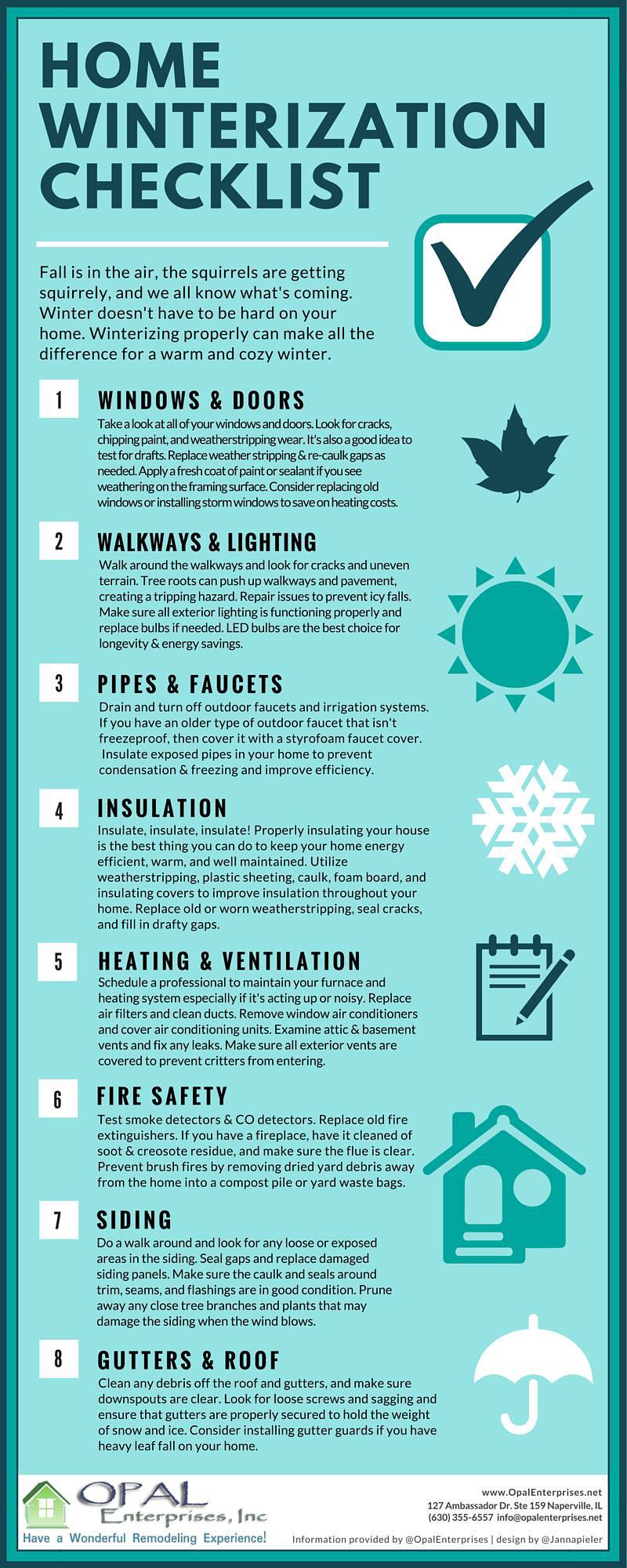Superior Pressure Washing Techniques For All Surface Keys In
Superior Pressure Washing Techniques For All Surface Keys In
Blog Article
Post Written By-Bryant Markussen
When it involves press washing, the technique you select can make all the difference in achieving a clean, streak-free surface. You might discover that hard surfaces, like concrete, call for a various method than softer products, such as wood or plastic. It's necessary to adjust your approaches to the surface kind to stop damage while optimizing cleaning effectiveness. So, what are the very best methods for each surface area, and exactly how can you ensure you're utilizing the best settings and tools for the task? Let's discover what you require to know to obtain the best outcomes.
Hard Surface areas
When it comes to pressure washing tough surface areas, preparation is crucial. Prior to you also think about taking out the pressure washer, take the time to clear the area of any type of debris, furnishings, or obstacles. You do not desire anything entering your way or possibly damaging your devices.
Next off, evaluate the surface area for any type of cracks or damages; this will aid you identify the right method and pressure setups.
When you've prepared the area, it's important to pick the right nozzle. For hard surface areas like concrete or brick, a narrow nozzle (15 or 25 degrees) works best to provide a concentrated stream of water that can effectively remove gunk and discolorations. Always start at a distance and progressively relocate closer to stay clear of any type of surface area damage.
As you begin cleaning, maintain the stick moving to stop streaks and over-saturation. It's additionally valuable to function from the top down, enabling dirt and debris to remove naturally.
Lastly, keep in mind to wash the surface thoroughly after cleansing to get rid of any remaining cleaning agent. With these techniques, you'll achieve a tidy and refreshed look on all your difficult surface areas.
Soft Surfaces
Stress cleaning soft surface areas calls for a gentler technique to secure them from damages. Whether you're cleaning your deck, outdoor patio furnishings, or house siding, using way too much stress can cause dents, scratches, or even permanent damage.
Beginning by choosing a low-pressure nozzle, preferably a 25-degree or bigger spray pattern, to spread the water more carefully.
Prior to you begin, it's vital to pre-treat any type of spots with an ideal cleansing option. This action enables the cleaner to permeate the dirt and gunk, making it simpler to get rid of without rubbing also hard.
Always apply the solution from the bottom as much as stop streaking.
When https://carpetcleaning11098.blogpayz.com/32611770/while-home-window-cleaning-might-appear-insignificant-its-influence-on-your-company-s-track-record-and-total-wellness-is-substantial-explore-the-often-overlooked-benefits-currently start stress washing, keep a range of at the very least 12 to 18 inches from the surface area. Relocate your stick in a sweeping activity, keeping it parallel to the surface area to prevent focused stress on one area.
Rinse the location extensively after cleaning up to get rid of any kind of residual cleaner.
please click the up coming article but not least, check the surface for any type of missed places and duplicate the process if essential. By following these actions, you can efficiently tidy soft surfaces while maintaining their honesty and appearance.
Specialty Surfaces
Cleaning up soft surface areas requires treatment, however specialty surfaces demand even more focus to detail. When you deal with these surface areas, like delicate wood, stained concrete, or specific kinds of siding, using the appropriate pressure washing techniques is important to prevent damage.
First, assess the material. For instance, treated wood can usually stand up to moderate stress, but softer timbers like cedar may need a reduced setup. Constantly begin with the lowest pressure and gradually enhance if needed.
For discolored concrete, use a follower spray nozzle and preserve a constant distance to prevent engraving the surface area.
When handling surface areas like vinyl house siding or painted surface areas, a large spray pattern assists disperse the stress evenly, shielding the surface.
It's additionally a good idea to make use of detergents particularly created for specialized surfaces. They can improve cleaning without compromising the material.
Wash extensively after washing to get rid of any type of deposit, as it can cause staining or degeneration in time.
Final thought
To conclude, grasping pressure cleaning techniques for different surface areas can make all the distinction in your cleansing outcomes. For hard surface areas, adhere to slim nozzles and a top-to-bottom technique, while soft surfaces need a gentler touch with larger nozzles. Do not forget to pre-treat stains and wash extensively to avoid deposit. By adapting your approaches to every material, you'll not just attain a cleaner finish but additionally protect the stability of your surfaces. Delighted cleaning!
